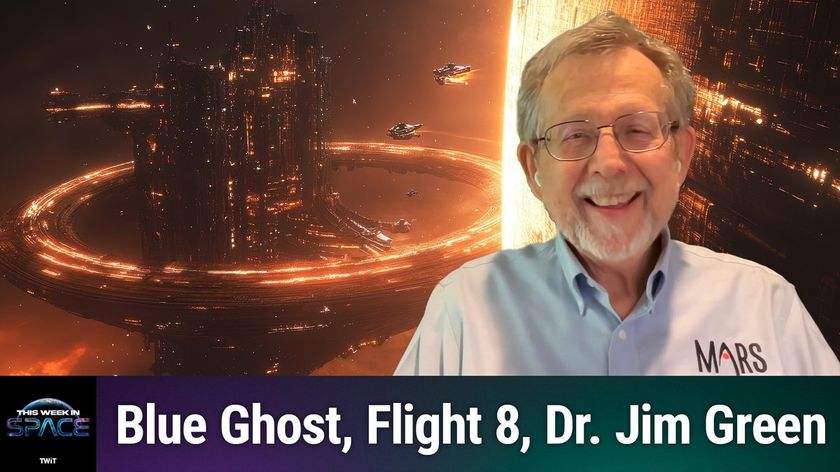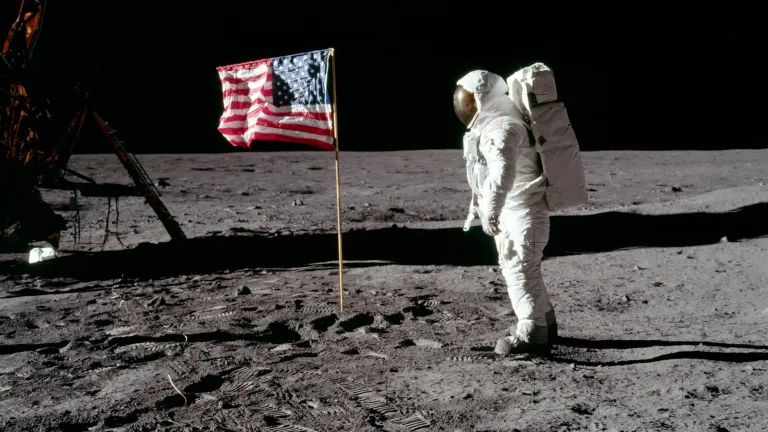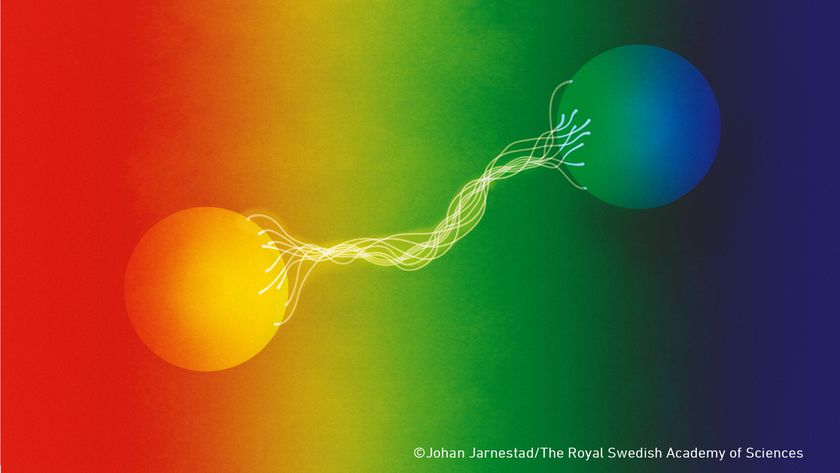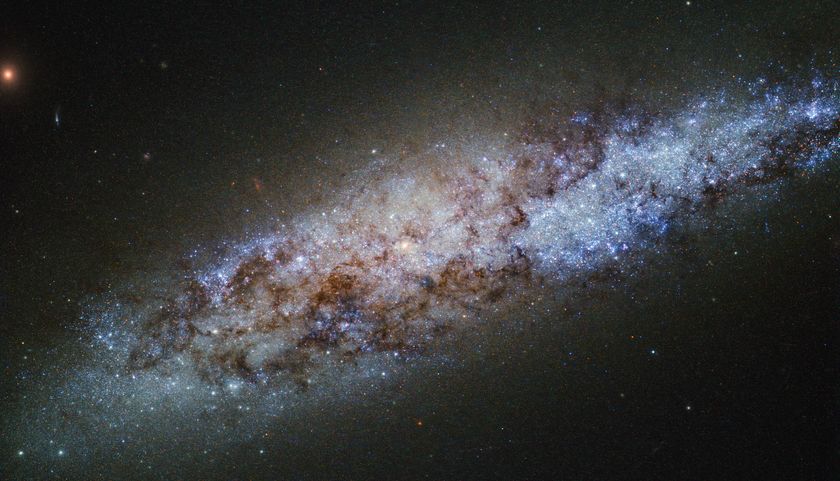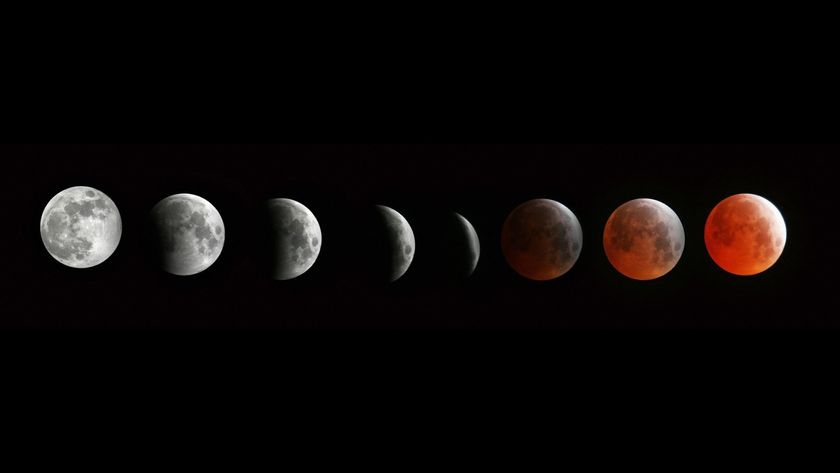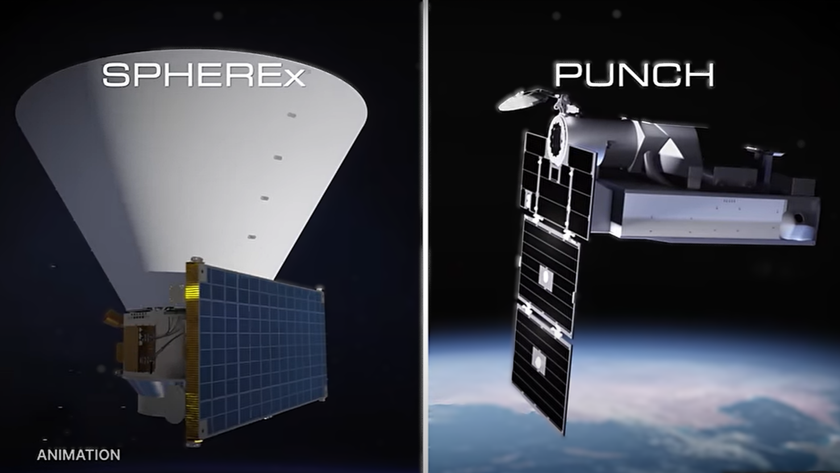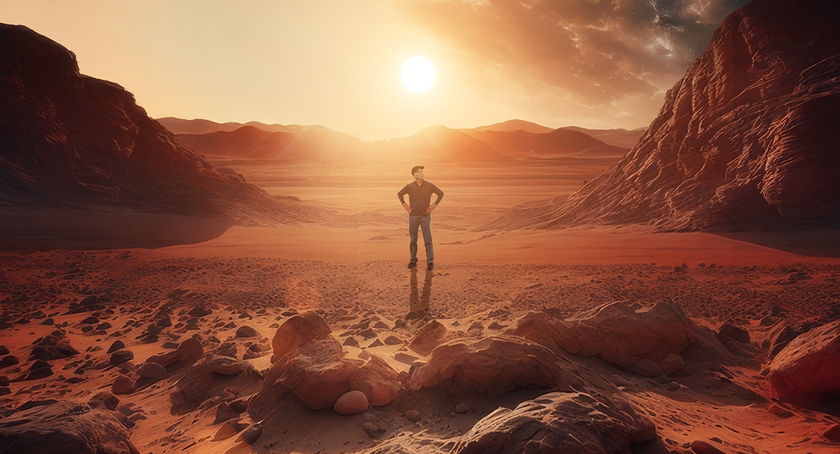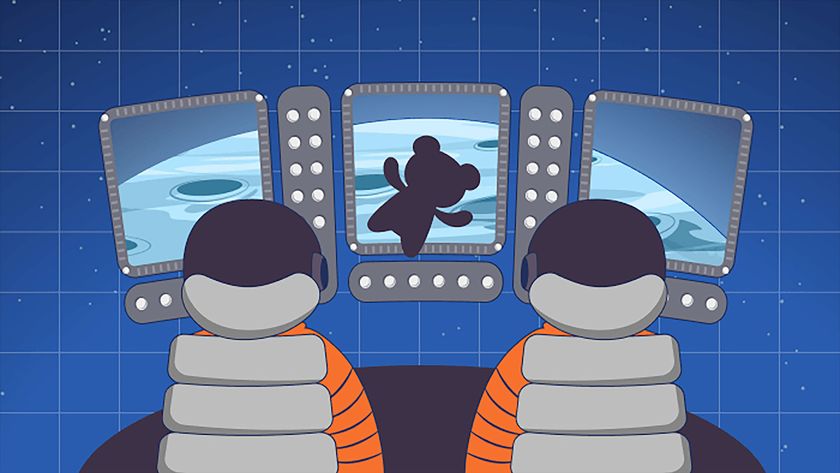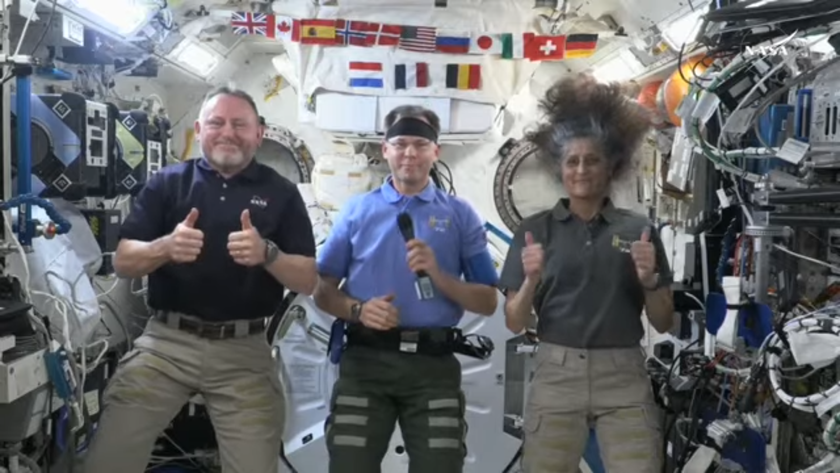NASA's Artemis moon astronauts may wear electric field spacesuits to fight pesky lunar dust
Apollo astronauts hated moon dust. NASA's Artemis program crew might not have to deal with that problem.
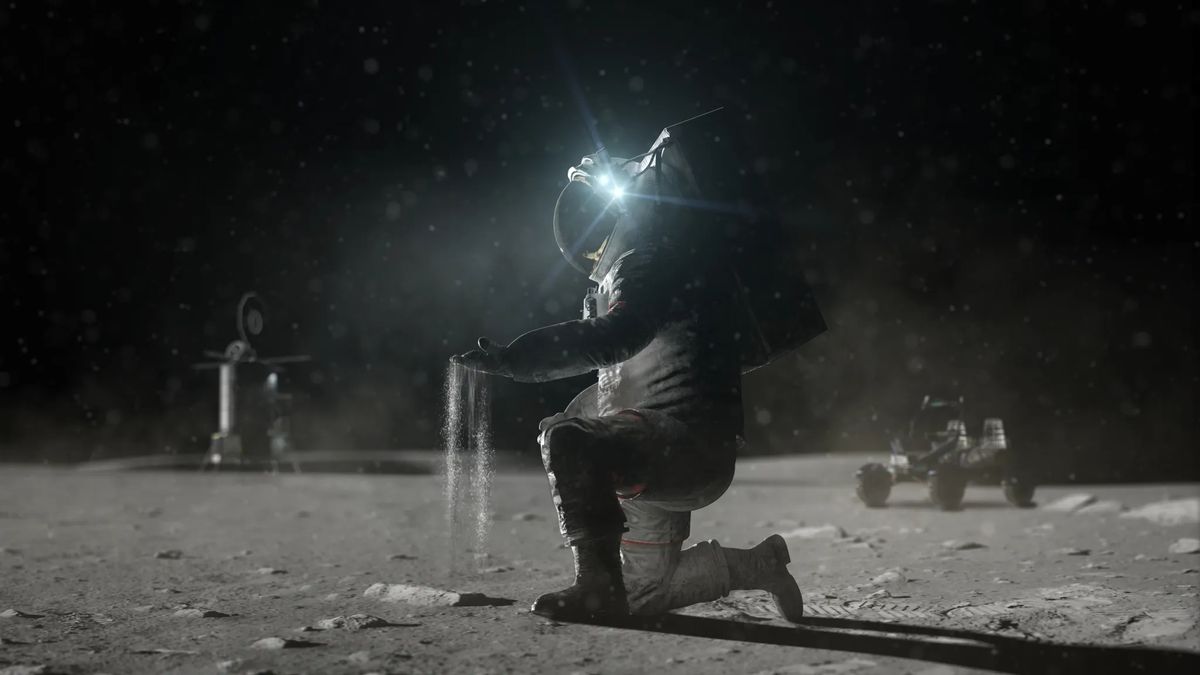
A new kind of moon spacesuit fabric could "repel lunar dust on demand" for astronaut missions, says the team behind the design.
The flexible, stretchable moon fabric prototype is under development at Hawai'i Pacific University (HPU) and just got fueled by a $50,000 grant from NASA. The material will be built to use electrostatic forces that can keep corrosive moon dust away, thereby preventing the sharp particles from damaging spacesuits.
The new technology is called LiqMEST (Liquid Metal Electrostatic Protective Textile) and aims to overcome the dusty problems NASA's Apollo astronauts struggled with in the 1960s and 1970s. The sharp dust quickly corroded surfaces like rover dust shields, caked the spacesuits of astronauts and generally clung to everything, making even three-day sorties a challenge.
And the need is urgent: NASA plans to land astronauts on the surface of the moon once again in 2025 or 2026 with its Artemis program. That timeline not only depends on the progress of Artemis 2's crewed round-the-moon flight planned for 2024, but also Artemis 3's lander and spacesuit development. (Artemis 3 is the stage of the program that'll bring a crew to the lunar surface.)
Related: Moon dust could be a problem for future lunar explorers
While keeping dust off spacesuits, HPU's new fabric technology is expected to also allow astronauts flexibility in rugged conditions. But the major draw, the team says, is the material's repellent properties.
"When activated, it generates an electric field that repels lunar dust, preventing the dust from adhering," Arif Rahman, an HPU assistant engineering professor who led the grant proposal, said in a statement. "This strategy can be applied both to spacesuits and fabric covers for lunar equipment during moon missions."
Get the Space.com Newsletter
Breaking space news, the latest updates on rocket launches, skywatching events and more!
Rahman aims to build a prototype using the funding he received from NASA's Minority University Research and Education Project (MURAP). The $50,000 grant came courtesy of the MUREP Partnership Annual Notification that "connects minority serving institutions … with NASA mission directorates and promotes research collaboration," according to an agency website.
Should everything go to plan, Rahman plans to submit a new grant proposal to NASA, eventually aiming for space use. (NASA has a set of technology readiness levels that new products must pass before being certified for space, in a process typically taking years at the least.)
NASA has also been studying the lunar dust problem for decades, including through the Lunar Surface Innovation Initiative established in 2019. Agency officials say dust mitigation is one of six main challenges that need to be addressed for long-term astronaut habitats on the moon.
HPU's electrostatic tech isn't the only example being tested. NASA has also space-tested a fabric variant on the exterior of the International Space Station through a project series called MISSE, or the Materials International Space Station Experiment. The experiments test materials in harsh orbital conditions for months at a time, in a vacuum and with high radiation from the sun.
A team at NASA's Kennedy Space Center (KSC) launched an electrodynamic dust shield to the ISS with MISSE-11. It was the first test in the series that explored dust-repelling tech in space. The shield showed promise: ground tests before flight suggested electrodes on glass could remove "more than 98% of dust under high vacuum conditions," according to a short publication by the team for the Lunar Dust Workshop in February 2020, hosted by the Universities Space Research Association in Houston.
Analysis on the KSC shield appears to be ongoing. Results from MISSE-11 are not available on NASA's ISS experiment website. A follow-up mission including the shield, called MISSE-15, launched in 2021 and results are also not posted yet.
Join our Space Forums to keep talking space on the latest missions, night sky and more! And if you have a news tip, correction or comment, let us know at: community@space.com.

Elizabeth Howell (she/her), Ph.D., was a staff writer in the spaceflight channel between 2022 and 2024 specializing in Canadian space news. She was contributing writer for Space.com for 10 years from 2012 to 2024. Elizabeth's reporting includes multiple exclusives with the White House, leading world coverage about a lost-and-found space tomato on the International Space Station, witnessing five human spaceflight launches on two continents, flying parabolic, working inside a spacesuit, and participating in a simulated Mars mission. Her latest book, "Why Am I Taller?" (ECW Press, 2022) is co-written with astronaut Dave Williams.
